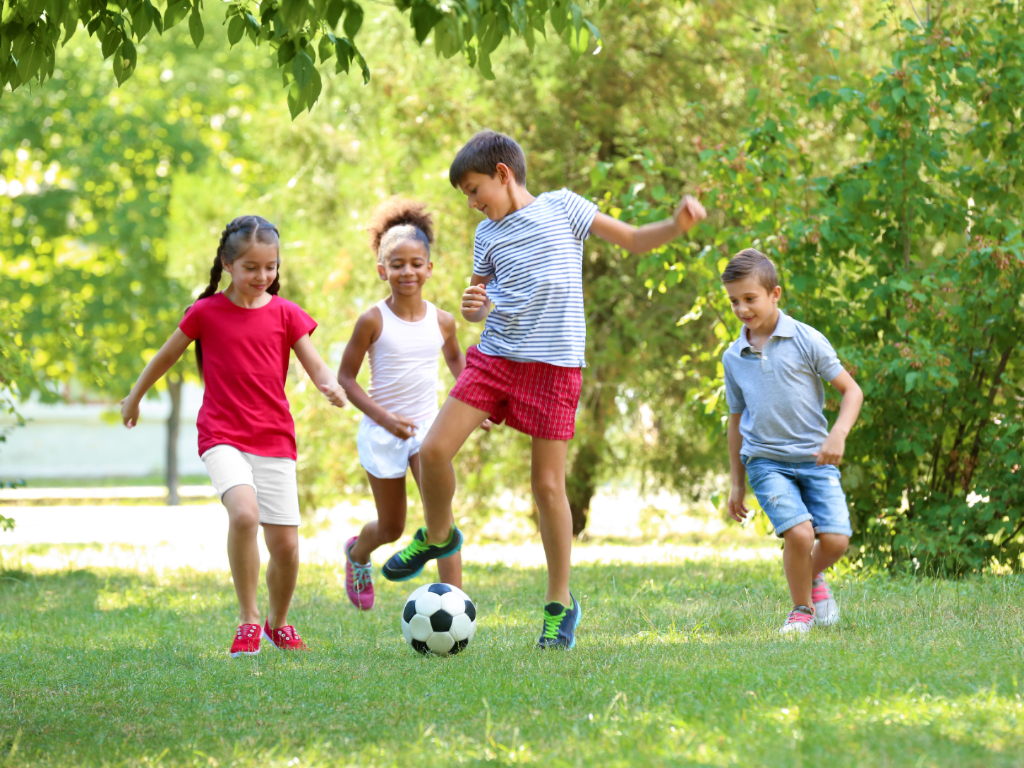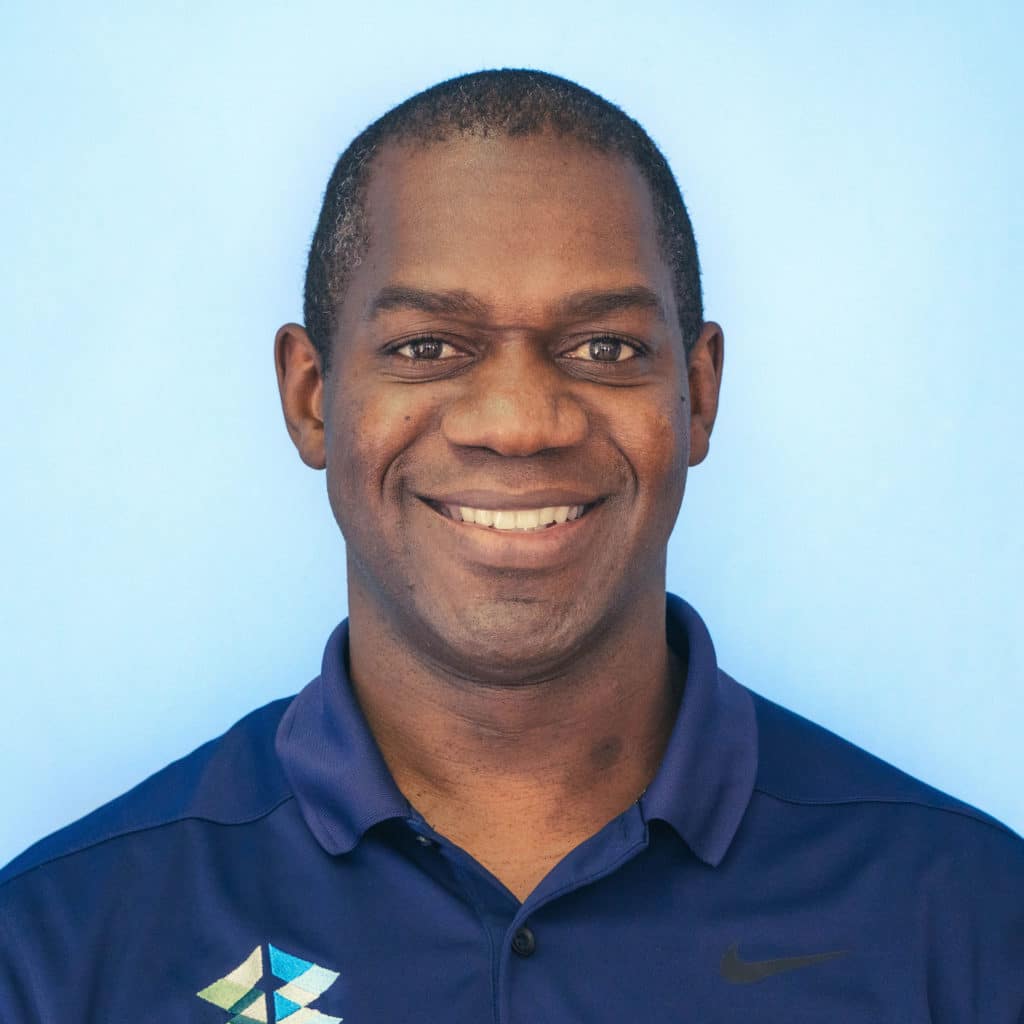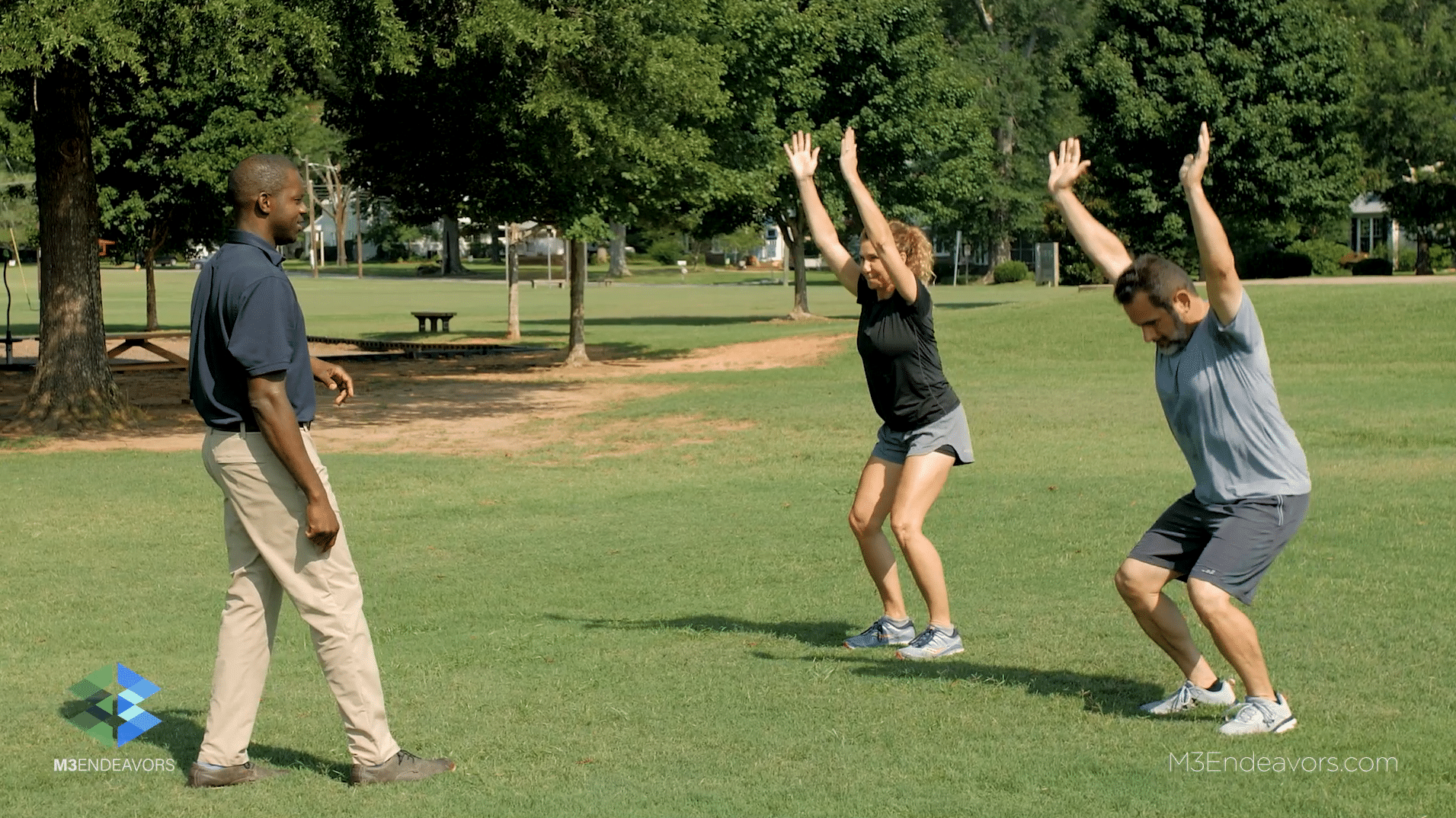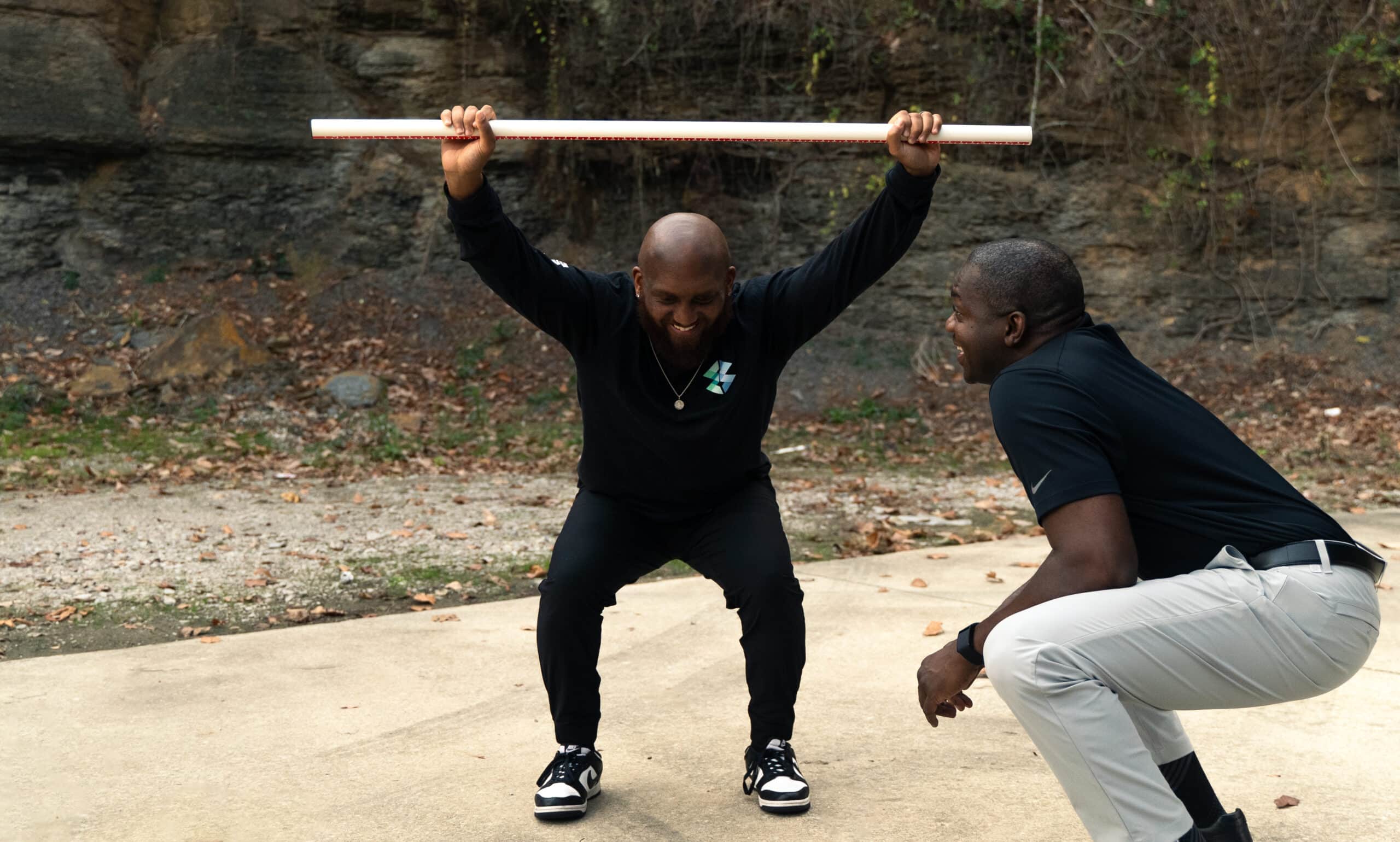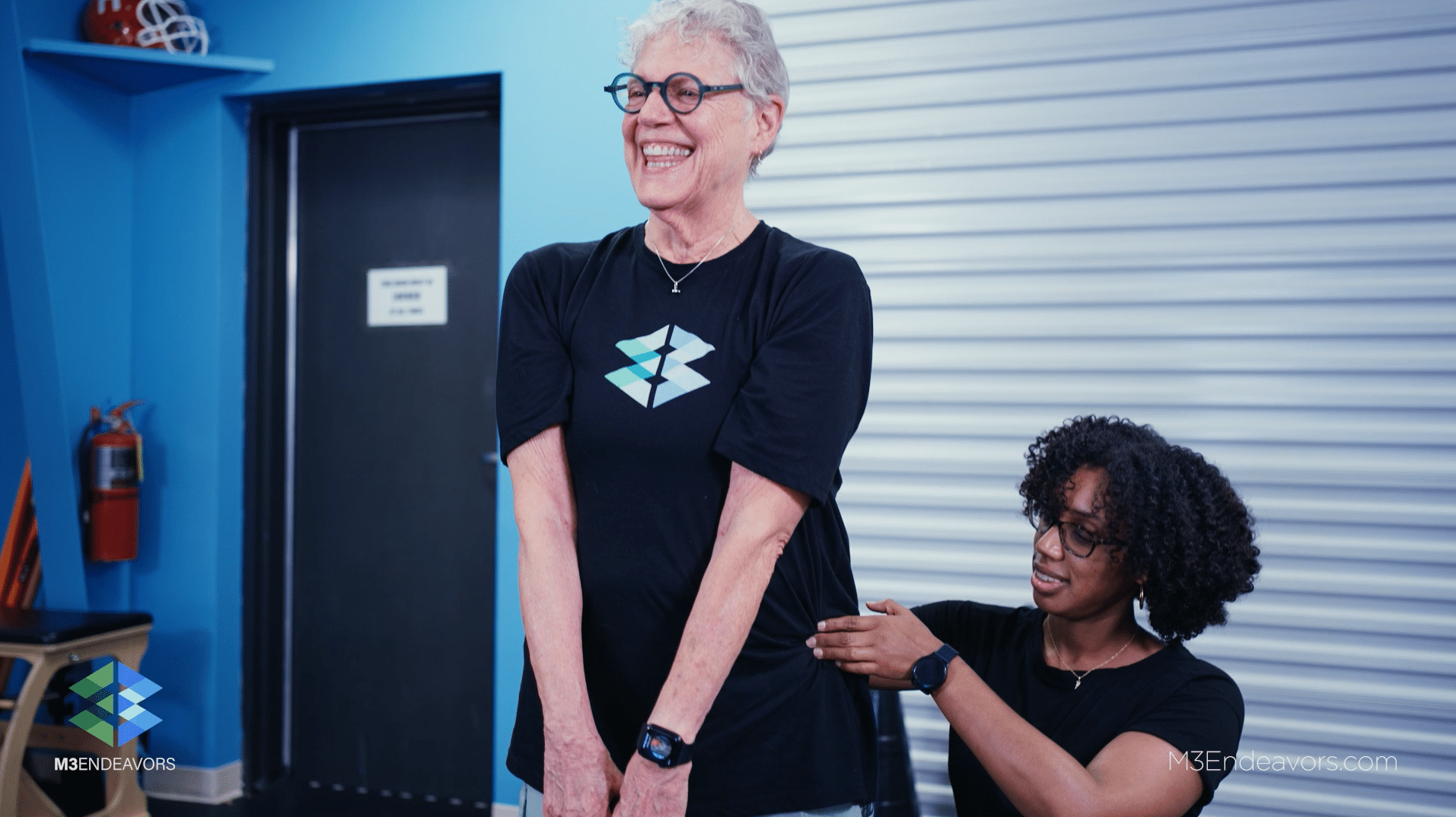Desire, talent, persistence, or luck? Which one really helps someone become a world-class athlete? Answering this question can take us down many different paths.
There is a story about Hall of Fame linebacker Mike Singletary, as a college freshman, where he asked his coach to tell him everything he needed to do to “become the best player in the game”. His coach told him to just focus on making the team. His response was that if the coach told him everything he needed to do that he would absolutely do it. Now, we know him as one of the best to have played in the National Football League. His success was maybe the result of many of the things we look for in winners.
When we look at where we are today, we have 10-year olds that are baseball players or football players yet at the same time, the recent professional sports drafts have an increasing number of young people who played multiple sports. Two of the best tight ends to ever play in the NFL were probably best known for their basketball talent until they began rewriting the record books. Arron Judge, Kyler Murry and Patrick Mahomes have all had a tremendous amount of success in recent years. This has led us to think a bit more about where we see movement and here is what we have come up with; raise the best movers possible; develop the best athletes; have the best possibility of developing the best player in the world in a certain sport or at a certain position in a sport.
At M3 Performance and Physical Therapy, our view of long-term athletic development (LTAD) starts with movement not by choosing the sport or skill. We like to keep things simple as we examine performance, so we say the best movers in the world are between two and four years of age because by two, most of us have covered the movement patterns we need to build great mobility. As we age, we want to maintain as much of those patterns as possible. What happens though is that our brain starts to eliminate the pathways and patterns that we don’t use very often, and we rely on the patterns we use best.
We all have a movement diet – where the “diet” encompasses all the activities that we choose to participate in. Helping our children move and maintain a full movement diet through their formative years allows them to maximize the windows of trainability for things like speed, strength, agility and endurance. We also help them create great memories and a better mental picture of success. They will struggle through different areas, but that struggle will help them develop more myelin. Myelin is the covering of the nerve that allows the brain to be able to send signals faster. As our children develop in this way, they experience movement in a way that makes more sense when challenged in athletic situations. The skill and coordination that they will exhibit as they get older will be the same things that people will often call “talent”.
10,000 hours of practice is the benchmark that is used for someone to be considered an expert in a specific area. A child that has been moving for 10,000 hours in a variety of ways, therefore, has more of a foundation available when it comes to developing skill. What the research is showing us now is that early specialization (playing one sport) doesn’t give our children the best movement diet. Shifting our focus to raise better movers is more likely so that we can have better athletes. We have less PE in schools, more electronics, more homework, less of us get enough physical activity, and more of us are considered disabled. As a result, what we see as normal movement is in fact not nearly what we need for the levels of performance we expect from our children. Most of our training sessions especially for younger groups begin with just movement. Once these children are moving well and reach some physical maturity and interest in specific areas, we can start building on that movement foundation by adding skill. LTAD requires a thoughtful approach that allows our children to grow into not only a good athlete but someone who has confidence in their movement and some ownership of their health and wellness. This is someone who can approach fitness with a degree of understanding and integrity which helps them to thrive.

